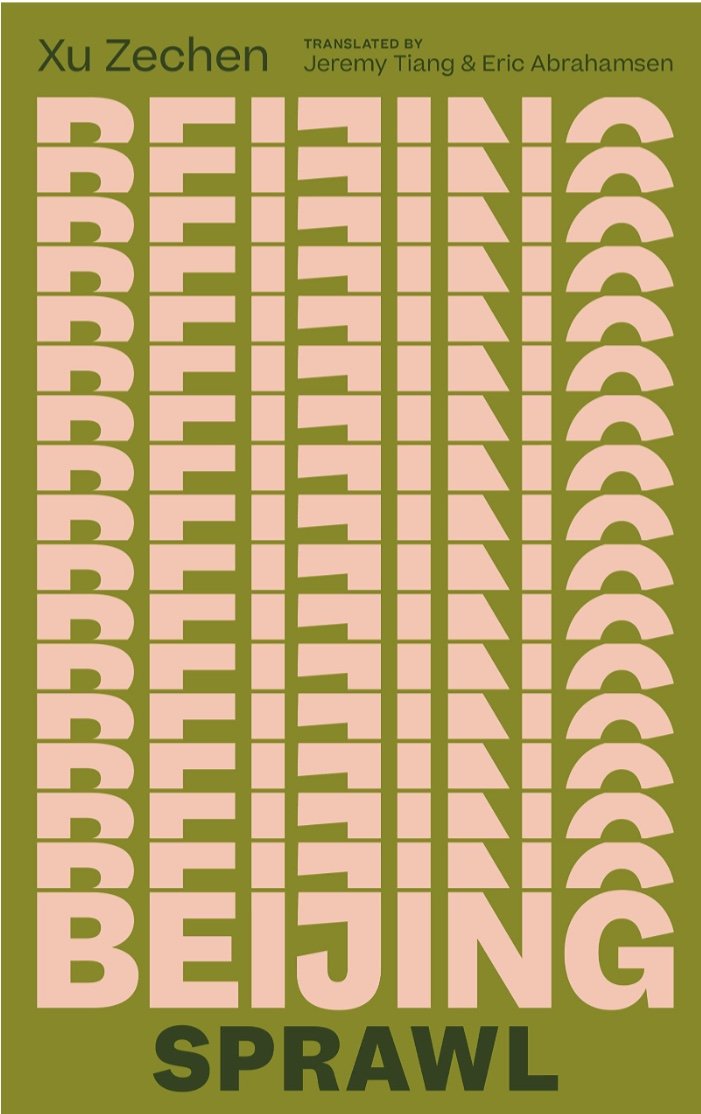The Refugee Ocean by Pauls Toutonghi (Simon & Schuster, release date October 2023)
Marguerite has a passion for music and a gift for composing it. She is immersed in creating a sonata, one that she hopes may fulfill her deepest desire, a life that allows her to “live in music.” But instead she lives in the patriarchal culture of 1940’s Beirut and her father has charted her future. He’s decided she will marry a man who will rescue and buttress her family’s dwindling fortune. One tiny fragment of possibility exists that might rescue her from this plan, along with a different avenue provided by a man she barely knows but who understands her better than anyone else in her life.
As a strictly monitored young Lebanese woman, Marguerite is smothered in a claustrophobic life. Her beauty is a prison and her talent is ignored. She rebels in small ways: making her way alone in an opera house to meet a female singer whose freedom she longs to have for herself; accepting a cigarette from a woman who tells her to find a way to be herself; escaping the family house to go to her father’s place of business where she finally sees him as the flawed man he truly is.
Naim is a child whose world is shattered to pieces when a bomb hits his home in Aleppo and sends him “twisting and spinning like a dead, dry falling leaf.” When he regains consciousness, he learns only he and his mother have survived the blast. Finding their way to a refugee camp, they are given asylum in the United States. But Naim has lost his greatest form of comfort. A musical prodigy in Syria, he can no longer find solace at a piano. His left hand was torn in half when he was caught in the maelstrom of the bombing. Now he feels useless, a drain upon his mother’s energy, a boy who can’t even keep a grip on the debit card that would buy groceries for the coming week.
Annabel Crandall is an elderly woman confined to a wheelchair in her large and comfortable home. With more space than she needs, she offers an apartment in her basement to a Syrian woman and her young son. When Annabel sees the child staring at her grand piano with a look of sorrow on his face, she becomes intrigued and when she finds him rifling through her kitchen pantry in search of food, she lures his story from him with a carton full of chocolate bars.
Naim isn’t the first Middle Easterner Annabel has met. When she was young and pretty, a contest took her to a tobacco plantation in Cuba, at a time when nobody realized the strength of the brewing revolution. Annabel was caught in the erupting violence, racing through the night to escape Castro’s guerrillas with a woman named Marguerite.
Each of these separate threads has the strength of a novel and when they intertwine, coincidences that border on the improbable have the power to overcome the bounds of strained credulity. Pauls Toutonghi has drawn upon the details of his own family’s history that make every setting, whether it’s in the opulence of a Beirut opera house or in a refugee camp so huge that it contains four hundred stores, vividly alive. Toutonghi’s parents had lived in a refugee camp before arriving in the United States and he has dedicated this book to his cousin who has the same name as his character Marguerite Toutoungi.
Two people who were forced to leave places they loved; two stories, one that ends happily; two unforgettable characters who provide an essential window on the never-ending history of those who seek asylum--The Refugee Ocean is a book that anybody with a conscience should read and take to heart.~Janet Brown






